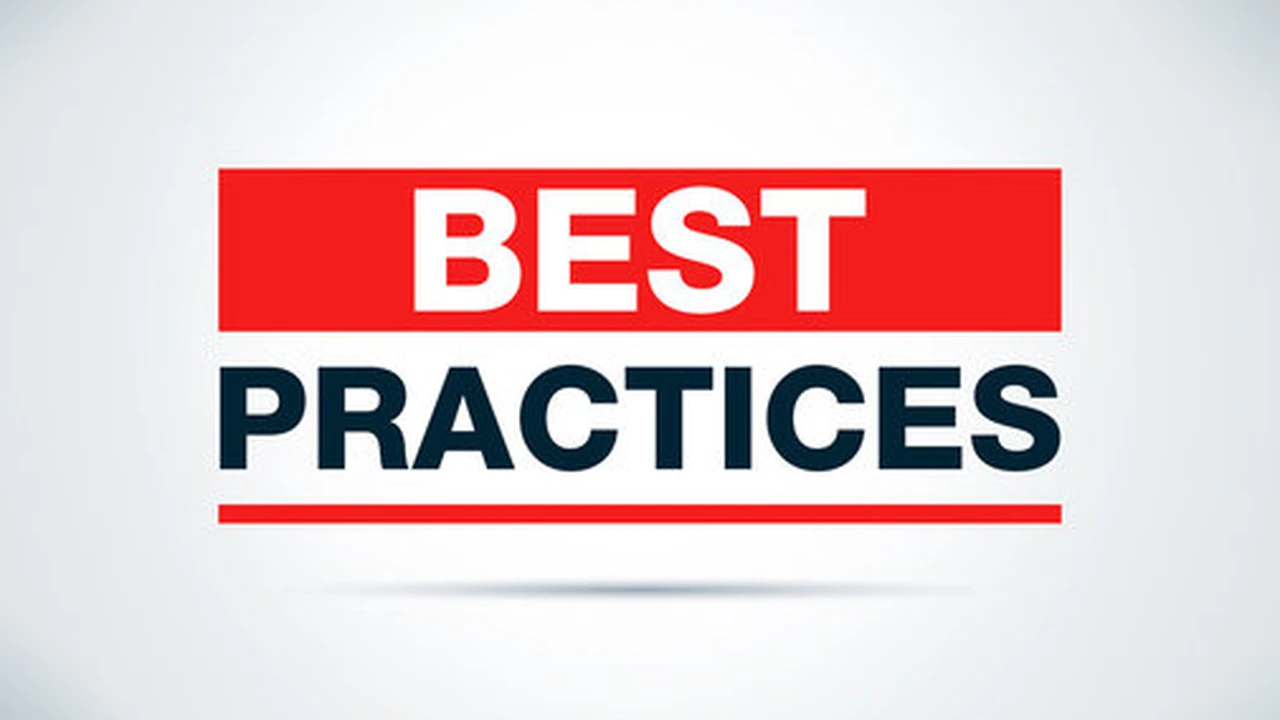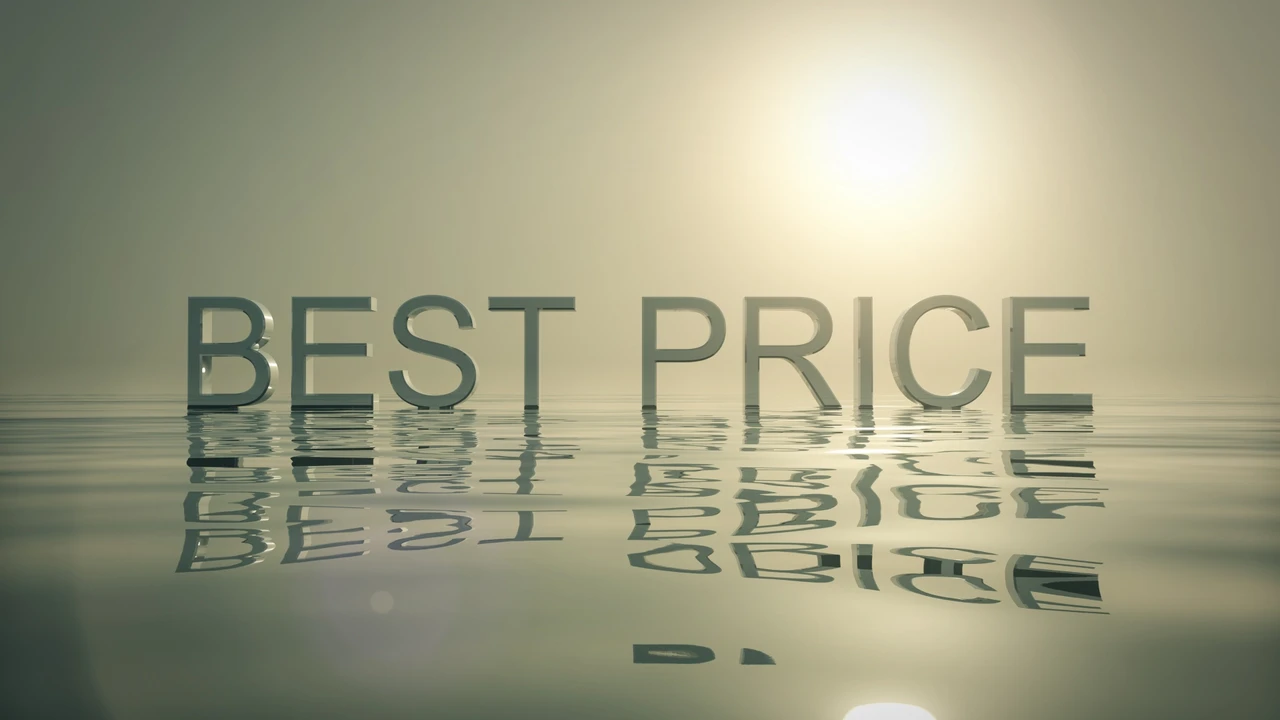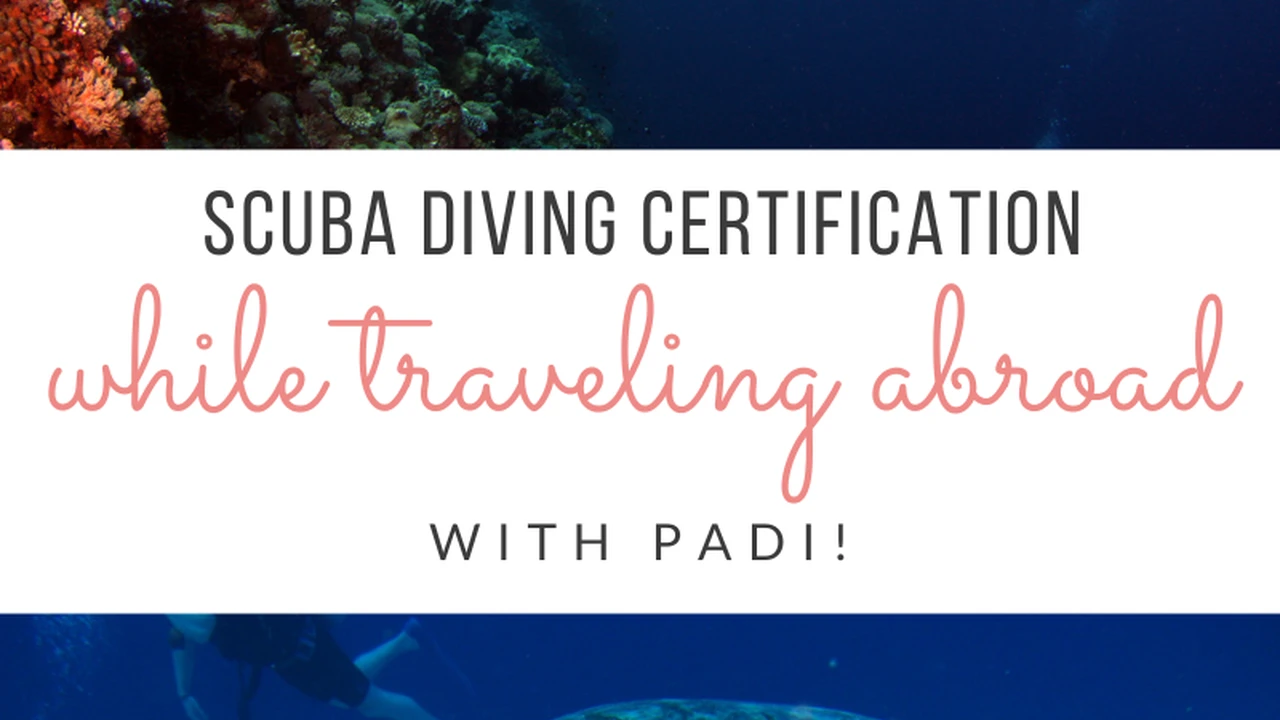Best Underwater Photography Courses and Workshops
Discover top courses and workshops to hone your skills in underwater imaging from professionals.

Choosing the Right Underwater Photography Course for Your Skill Level
Before diving into specific recommendations, it's crucial to assess your current skill level. Are you a complete beginner, just figuring out your camera's settings? Or are you an experienced shooter looking to master advanced techniques like blackwater photography or complex lighting setups? Courses are typically categorized by skill level, ensuring you get the most out of your investment.
Beginner Underwater Photography Courses Getting Started with Your Camera
If you're new to underwater photography, a beginner course will cover the fundamentals. This includes understanding your camera's basic settings (aperture, shutter speed, ISO), white balance, composition, and basic lighting principles. Many courses will also introduce you to post-processing basics.
Recommended Beginner Courses and Platforms for Aspiring Underwater Photographers
-
PADI Digital Underwater Photographer Specialty: This is a great entry point for certified divers. It covers equipment considerations, principles of good underwater photography, and practical application during two open water dives. It's widely available through PADI dive centers globally.
Pros: Widely recognized, practical in-water experience, good for understanding basic principles. Cons: Focuses more on general diving skills with photography rather than in-depth photography techniques. Typical Cost: $200 - $400 (excluding dives and gear rental).
-
Online Courses (e.g., Udemy, Skillshare): Many professional underwater photographers offer online courses that you can take at your own pace. These often provide a strong theoretical foundation before you even get in the water.
Pros: Flexible, often more affordable, can cover a wider range of topics. Cons: Lacks direct in-water instruction and personalized feedback. Typical Cost: $20 - $100.
-
Local Dive Shop Workshops: Many dive shops partner with local underwater photographers to offer weekend workshops. These can be a fantastic way to get hands-on experience and local knowledge.
Pros: Personalized attention, local expertise, often includes in-water sessions. Cons: Availability depends on your location, may not be as structured as formal courses. Typical Cost: $150 - $500.
Intermediate Underwater Photography Workshops Mastering Your Craft
Once you're comfortable with the basics, intermediate workshops will help you refine your skills. This might include advanced composition, understanding natural light vs. artificial light, strobe positioning, and more in-depth post-processing techniques.
Top Intermediate Workshops for Advancing Your Underwater Photography Skills
-
Dedicated Photo Liveaboards: Many liveaboards now offer dedicated photo trips with professional instructors on board. These are immersive experiences where you dive, shoot, and learn daily.
Pros: Intensive learning, multiple dives daily, immediate feedback, access to incredible dive sites. Cons: More expensive, requires a significant time commitment. Typical Cost: $2,000 - $6,000+ (for a week-long trip, excluding flights).
Example: Aggressor Adventures and Explorer Ventures often host photo workshops in destinations like the Maldives, Galapagos, and Raja Ampat. These trips typically include daily photo reviews, presentations, and one-on-one coaching.
-
Resort-Based Photo Workshops: Similar to liveaboards, but you stay at a resort. This can be a good option if you prefer land-based accommodations or if your non-diving companions want other activities.
Pros: Comfortable accommodations, often includes non-diving activities, still offers intensive learning. Cons: Less dive time than a liveaboard, potentially less remote dive sites. Typical Cost: $1,500 - $4,000+ (for a week, excluding flights).
Example: Resorts in Lembeh Strait, Indonesia, like Lembeh Resort or NAD Lembeh, are renowned for their dedicated photo facilities and resident pros, specializing in macro photography.
-
Online Masterclasses with Renowned Photographers: For those who can't travel, some top-tier photographers offer in-depth online masterclasses that delve into their specific techniques and workflows.
Pros: Learn from the best, flexible, often includes downloadable resources. Cons: No in-water practice or direct feedback. Typical Cost: $100 - $500.
Advanced Underwater Photography Training Specializing in Niche Techniques
For the seasoned pro or aspiring professional, advanced training focuses on highly specialized areas. This could include advanced lighting, creative techniques, specific animal behavior photography, or even video production.
Exclusive Advanced Workshops for Professional Underwater Photographers
-
Blackwater Photography Workshops: These highly specialized workshops focus on shooting nocturnal pelagic creatures in the open ocean, often at night. They require specific lighting setups and advanced camera control.
Pros: Unique and challenging, opportunity to capture rare subjects. Cons: Very specialized, can be expensive, requires advanced diving skills. Typical Cost: $3,000 - $7,000+ (for a week).
Example: Workshops in Anilao, Philippines, or Kona, Hawaii, are popular for blackwater photography.
-
Snoot and Creative Lighting Workshops: Learn how to use snoots and other advanced lighting modifiers to create dramatic and artistic underwater images, isolating subjects with precision lighting.
Pros: Elevates your artistic expression, teaches precise lighting control. Cons: Requires additional gear, can be technically challenging. Typical Cost: $1,500 - $4,000 (for a few days to a week).
-
Underwater Video Production Courses: If you're looking to transition from stills to motion, these courses cover everything from camera settings for video to editing, storytelling, and audio for underwater films.
Pros: Opens up new creative avenues, high demand for underwater videographers. Cons: Requires different gear and skill sets, steep learning curve. Typical Cost: $500 - $2,000+.
Key Factors to Consider When Choosing an Underwater Photography Course or Workshop
Beyond your skill level, several other factors should influence your decision. Think about what you want to achieve and what kind of learning environment suits you best.
Instructor Expertise and Teaching Style Learning from the Best
The instructor is arguably the most important element. Look for photographers whose work you admire and who have a proven track record of teaching. Do they offer personalized feedback? Are they patient and clear in their explanations? Check reviews and testimonials.
Location and Dive Conditions Ideal Settings for Underwater Photography
The dive location significantly impacts your learning experience. Some locations are better for macro, others for wide-angle. Consider the water clarity, marine life diversity, and overall dive conditions. For beginners, calmer, shallower waters are often ideal.
Course Structure and Content What Will You Learn
Review the syllabus carefully. Does it cover the topics you're most interested in? Is there a good balance between theory and practical in-water sessions? How much time is dedicated to post-processing?
Class Size and Personalized Attention Maximizing Your Learning
Smaller class sizes generally mean more personalized attention from the instructor. If you thrive on one-on-one feedback, prioritize workshops with limited participant numbers.
Cost and Value for Money Investing in Your Passion
Underwater photography workshops can be a significant investment. Compare costs, but also consider what's included (accommodation, dives, meals, gear rental, post-processing software access). Sometimes, a more expensive workshop offers better value due to the quality of instruction and inclusions.
Recommended Gear for Underwater Photography Courses and Workshops
While some courses might offer rental gear, it's always best to learn on your own equipment. Here's a breakdown of essential gear, with some product recommendations and their typical price ranges.
Underwater Camera Systems Mirrorless vs DSLR vs Compact
Your camera choice depends on your budget and aspirations. Most workshops will cater to all types, but having a system you're comfortable with is key.
-
Compact Cameras (e.g., Olympus TG-6): Excellent for beginners due to their ease of use and robust waterproof capabilities. They offer good image quality for their size and price.
Pros: Affordable, compact, easy to use. Cons: Limited manual control, smaller sensor. Typical Cost: Camera: $450 - $550. Housing: $300 - $500.
Product Recommendation: Olympus Tough TG-6 with Olympus PT-059 Underwater Housing. This combo is a fantastic starting point for anyone serious about underwater photography without breaking the bank. It's durable, has a great macro mode, and the housing is reliable.
-
Mirrorless Cameras (e.g., Sony A7C, Canon EOS R10): A popular choice for intermediate to advanced photographers. They offer excellent image quality, interchangeable lenses, and are generally smaller than DSLRs.
Pros: Great image quality, versatile, good video capabilities. Cons: More expensive than compacts, housings can be bulky. Typical Cost: Camera: $800 - $2,000+. Housing: $1,000 - $3,000+.
Product Recommendation: Sony Alpha a7C with an Ikelite 200DL Underwater Housing. The a7C offers a full-frame sensor in a compact body, delivering superb low-light performance and dynamic range. Ikelite housings are known for their durability and ergonomic design, providing access to all camera controls.
-
DSLR Cameras (e.g., Nikon D850, Canon 5D Mark IV): Still favored by many professionals for their robust build, extensive lens selection, and optical viewfinder. However, they are larger and heavier.
Pros: Professional-grade image quality, vast lens ecosystem, robust. Cons: Large, heavy, often more expensive. Typical Cost: Camera: $1,500 - $3,000+. Housing: $1,500 - $4,000+.
Product Recommendation: Nikon D850 with a Nauticam NA-D850 Housing. The D850 is a powerhouse for both stills and video, offering incredible resolution. Nauticam housings are top-tier, known for their precision engineering, ease of use, and extensive port and accessory system, though they come at a premium price.
Underwater Strobes and Video Lights Essential for Color and Clarity
External lighting is crucial for bringing back color and detail lost underwater. Most workshops will emphasize strobe use.
-
Strobes (e.g., Inon Z-330, Sea&Sea YS-D3 DUO): Provide a burst of light to illuminate your subject and restore natural colors. Essential for still photography.
Pros: Powerful, fast recycle times, excellent for freezing motion. Cons: Can be expensive, requires practice to master positioning. Typical Cost: $500 - $1,000+ per strobe.
Product Recommendation: For versatility and power, consider the Inon Z-330 Type 2 Strobe. It's a workhorse, offering a wide beam angle and consistent output. For a slightly more advanced option with a focus light, the Sea&Sea YS-D3 DUO is also excellent, providing precise control and a bright aiming light.
-
Video Lights (e.g., Keldan Luna 8, Light & Motion Sola Video): Provide continuous light for video and can also be used as focus lights for stills.
Pros: Continuous illumination, great for video, can double as focus lights. Cons: Less powerful than strobes for stills, can drain batteries faster. Typical Cost: $300 - $1,500+.
Product Recommendation: The Light & Motion Sola Video 2500 Flood is a popular choice for its compact size, powerful output, and various beam angles. For professional video work, the Keldan Luna 8 CRI 8000 offers exceptional color rendition and brightness, though it's a significant investment.
Ports and Lenses Matching Your Subject
The right port and lens combination is vital for sharp images, whether you're shooting macro or wide-angle.
-
Dome Ports (for wide-angle): Essential for wide-angle lenses to correct for refraction and allow for split shots (half in, half out of water).
Pros: Enables wide-angle photography, allows over-under shots. Cons: Can be large and delicate, prone to scratches. Typical Cost: $300 - $1,000+.
-
Flat Ports (for macro): Used with macro lenses to shoot small subjects up close.
Pros: Ideal for macro, compact. Cons: Not suitable for wide-angle. Typical Cost: $200 - $600.
-
Wet Lenses (e.g., Nauticam CMC-1, Inon UWL-H100): These attach to the outside of your port and allow you to switch between macro and wide-angle underwater.
Pros: Versatile, allows for quick changes underwater. Cons: Can add bulk, some distortion at edges. Typical Cost: $300 - $800.
Product Recommendation: For macro, the Nauticam Compact Macro Converter (CMC-1) is highly regarded for its sharpness and magnification. For wide-angle, the Inon UWL-H100 28M67 Wide Conversion Lens (with dome unit) is excellent for compact and mirrorless systems, offering a wide field of view.
Arms and Clamps Positioning Your Lights
These allow you to position your strobes and video lights for optimal illumination.
-
Ball Arms and Clamps: The most common system, offering flexibility in positioning.
Pros: Highly adjustable, robust. Cons: Can be bulky, requires multiple pieces. Typical Cost: $100 - $300+ per arm set.
Product Recommendation: A good starting point is a set of Ultralight Control Systems (ULCS) arms and clamps. They are lightweight, durable, and widely compatible with most strobe systems. A typical setup would involve two 8-inch arms and four clamps.
Post-Processing Software Enhancing Your Images
Most workshops will include a component on post-processing. Having your own software is beneficial.
-
Adobe Lightroom and Photoshop: Industry standards for photo editing. Lightroom is great for organization and basic edits, while Photoshop offers advanced manipulation.
Pros: Powerful, extensive features, cloud integration. Cons: Subscription-based, can have a steep learning curve. Typical Cost: $9.99/month for the Photography Plan.
-
Affinity Photo: A one-time purchase alternative to Photoshop, offering many similar features.
Pros: One-time purchase, powerful features. Cons: Smaller community for tutorials compared to Adobe. Typical Cost: $54.99 (one-time purchase).
Making the Most of Your Underwater Photography Learning Experience
Once you've chosen your course or workshop, here are some tips to maximize your learning and get the most out of your investment.
Preparation Before You Go
Familiarize yourself with your camera system. Read your camera's manual, practice changing settings, and understand how your housing works. The more comfortable you are with your gear on land, the more you can focus on photography techniques underwater.
Active Participation During the Course
Ask questions! Don't be afraid to seek clarification or ask for specific feedback on your images. Engage with your instructor and fellow participants. Share your work and be open to constructive criticism.
Practice and Experimentation Continuous Improvement
The real learning happens through practice. Apply what you've learned on every dive. Experiment with different settings, compositions, and lighting. Don't be afraid to make mistakes; they are part of the learning process.
Post-Workshop Follow-Up Staying Connected
Many workshops offer post-course support or access to online communities. Stay connected with your instructor and fellow students. Continue to share your work and seek feedback. The journey of an underwater photographer is one of continuous learning and exploration.
:max_bytes(150000):strip_icc()/277019-baked-pork-chops-with-cream-of-mushroom-soup-DDMFS-beauty-4x3-BG-7505-5762b731cf30447d9cbbbbbf387beafa.jpg)






